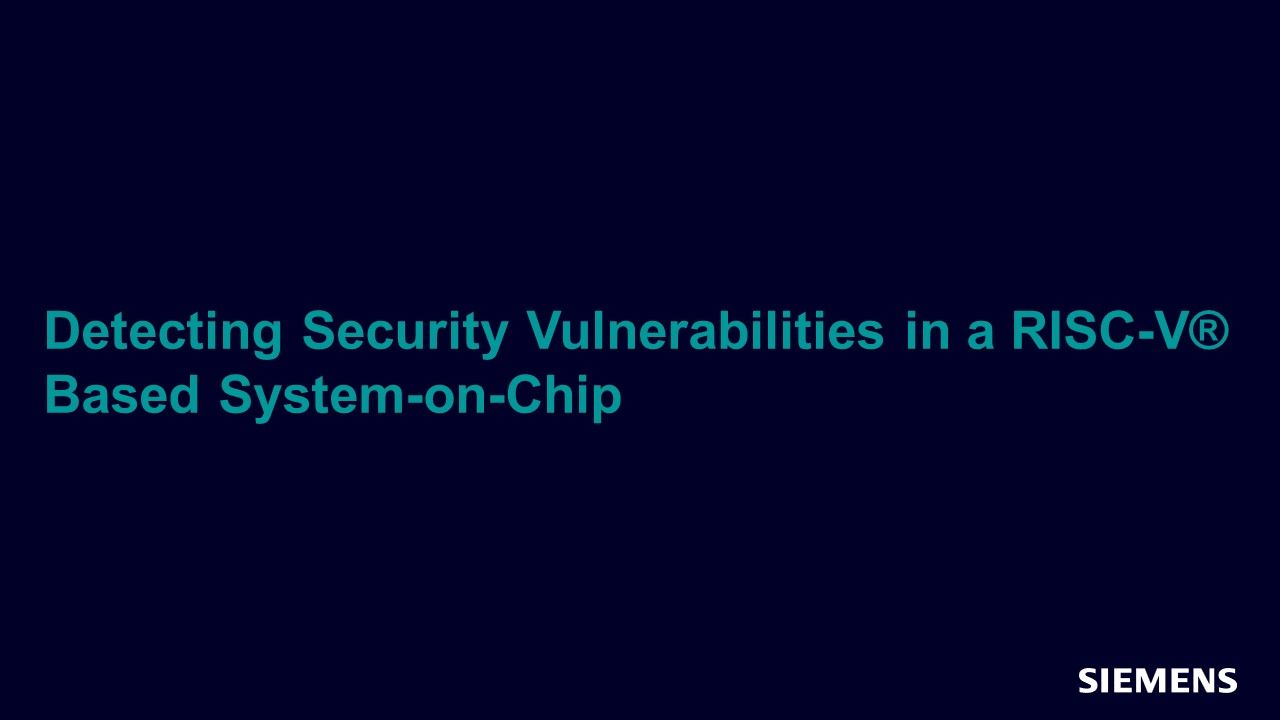Detecting Security Vulnerabilities in a RISC-V® Based System-on-Chip
Modern electronic systems are complex, and economics dictate that the design, manufacturing, testing, integration and deployment of Application Specific Integrated Circuits (ASICs), System on Chips (SoCs) and Field Programmable Gate Arrays (FPGAs) span companies and countries. Security and trust in this diverse landscape of 3rd party IP providers, processor vendors, SoC integrators and fabrication facilities, is both challenging and introduces security risks.

Full-access members only
Register your account to view Detecting Security Vulnerabilities in a RISC-V® Based System-on-Chip
Full-access members gain access to our free tools and training, including our full library of articles, recorded sessions, seminars, papers, learning tracks, in-depth verification cookbooks, and more.